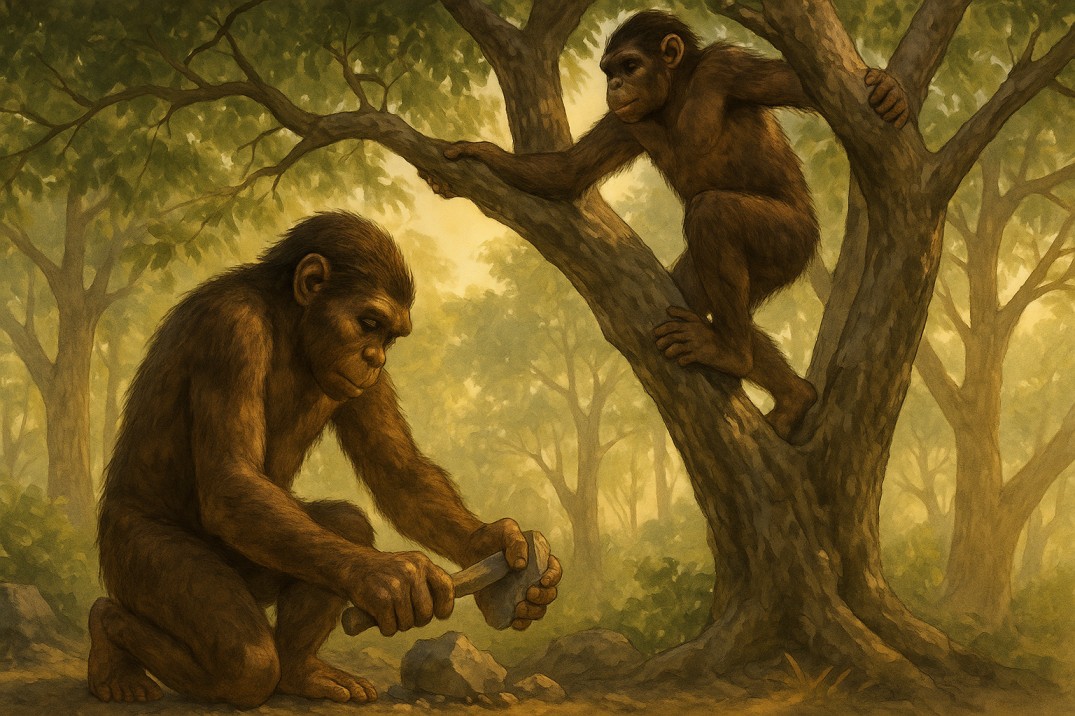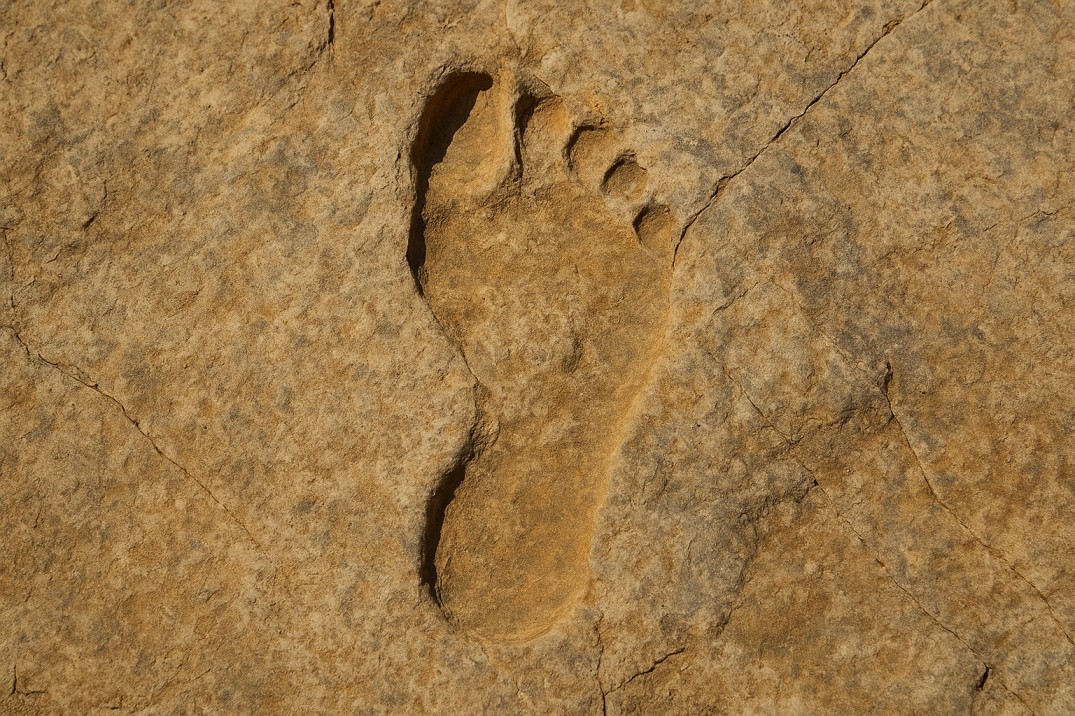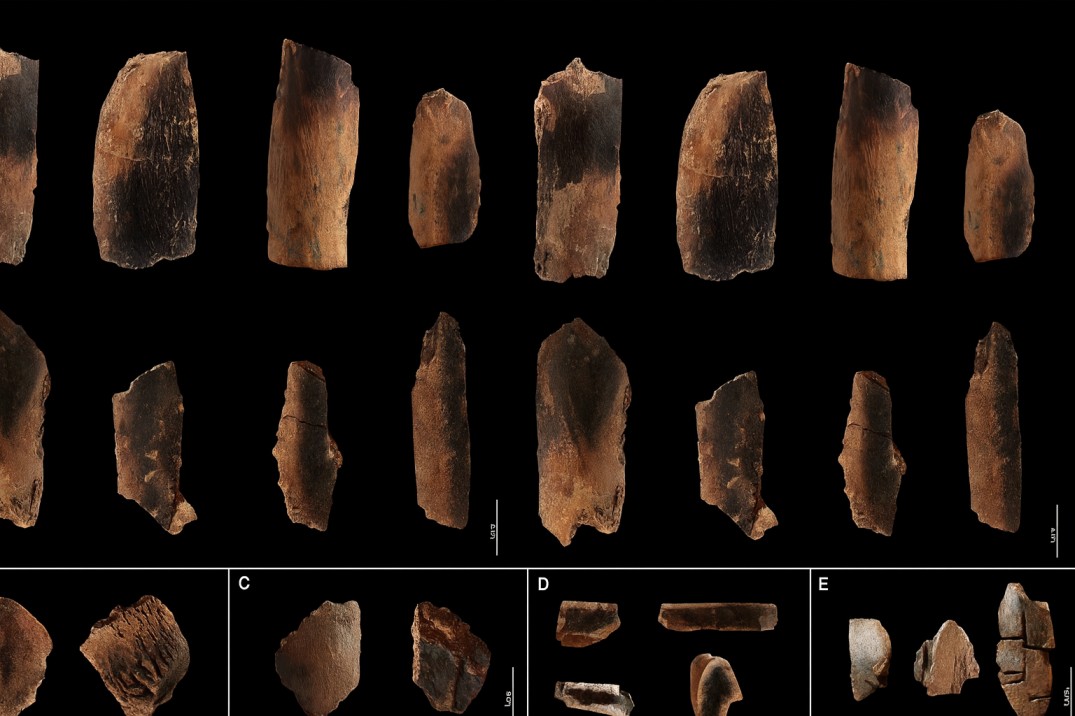Early Human Ancestors: Hands for Climbing and Tool-Making
Based on Samar M. Syeda et al., Science Advances, May 14, 2025
What the Study Looked At
-
Scientists used 3D scanning to measure bone thickness of fossil finger bones.
-
Fossils studied:
-
Australopithecus sediba (lived ~2 million years ago, South Africa).
-
Homo naledi (lived ~300,000 years ago, South Africa).
-
Findings
-
Both species used hands in dual ways:
-
For climbing trees and moving around.
-
For grasping and manipulating objects – a key step toward tool-making.
-
-
They were likely bipedal walkers, but also spent time climbing or hanging on trees and cliffs.
Why This Matters
-
Shows that human hand evolution was not a straight path from “ape-like” to “human-like.”
-
Instead, early ancestors had a blend of adaptations – strong enough for climbing yet precise enough for tool use.
-
Highlights the flexibility of evolution, where multiple skills were retained at once.
Anthropological Insight
-
Hands played a central role in the transition from forest life to tool-using human culture.
-
This dual-use capacity explains how early humans survived in diverse environments.






